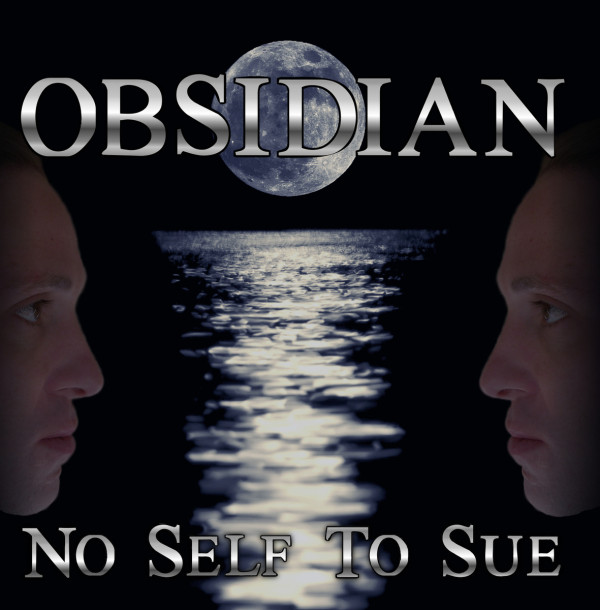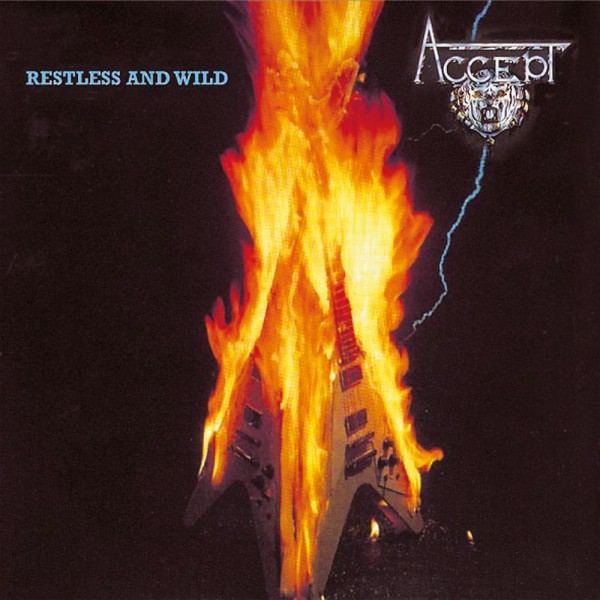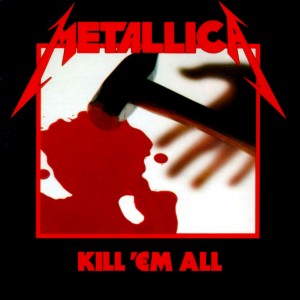
The basic sonic template for this album is late-model melodic hardcore in the vein of Champion or Verse; that means a melodic base of straightforward four-chord (or less) progressions in a basic minor scale played rhythmically on the guitars, looped for four or eight bars, usually until the progression becomes stale (more common) or the vocals lead to a new riff cycle (less common). Each riff continues until Obisidian see fit (as typical of modern “hardcore”) to abandon the progression altogether and move on to a riff with a completely different feel instead of developing the last riff (through harmonic augmentation rather than plain repetition) and moving toward a new one logically.
Generally, this method of composition would be frowned upon, but in the case of this album, the changes are welcome since the listener is undoubtedly anticipating the next riff with relish since the last one is sure to have become stale after a few cycles. Obsidian avoid this jarring transition sometimes by simply shifting to another rhythmic style (for instance, playing the same (or a similar) chord progression with palm-muted strokes and a half-time drum beat). However, this is not always the case; toward the end of the album, we see some interesting melodic progressions that move forward in the style of black metal without the need for vocal embellishment. For the worse, these sections appear too few and far between.
The saving grace of this album is Obsidian’s ability to throw in NWOBHM style guitar lines which,
although rarely progressing rationally from the last riff, are very cool-sounding and give a boost of energy to each song. However, the riffs feel generally out of place since, once they are over, the next section invariably drops back to cliche modern hardcore dime-a-dozen riffs. Nevertheless, the guitarist(s) display a refined sense exactly how far they can push the hardcore style riffs augmented by vocal rhythm before needing to introduce a more harmonically rich dual guitar segment. Beyond that, the band seems very comfortable when tying off-time (usually switching from a 3/4 to 4/4 beat) rhythms together in a way that avoids the typical metalcore style riff salad style that feels like something you could hear during a tour of a zoo; “And if you look to your left you’ll see our lions as they feed on… oh, look to the right to see the zebras in a galloping herd!”
All in all, the music achieves its purpose as being something that impels the listener to charge their adrenaline and accomplish something physically demanding. It might make good workout music or something that would be great to experience in a live setting. However, a listener (particularly of the metal persuasion) looking for music that describes a series of situations narratively might find themselves bored by melodies that wear out their welcome before being augmented rhythmically, as this album is chockfull of cool riffs that make just as much sense when listened to at random intervals rather than in a riff by riff manner.
No CommentsTags: 2015, metalcore, No Self to Sue, NWOBHM, Obsidian, Speed Metal, thrash metal


 Coming from the anarcho-punk school of musical and ideological tradition, and finally releasing this, their debut full length in 1985, Amebix had already released a series of excellent EP’s in the early half of the decade. The unique character of their music was a sound that fused the violent hardcore punk of Discharge with the circulative, repetitious song structures that were a staple of post-punk acts such as Killing Joke and Public Image Ltd. Escaping the social-activist themes that were a staple of hardcore, and transcending the melancholia and fatalism that was a common theme of post-punk, Amebix took on board the musical apparatus of both substyles and turned towards a contemplative, naturalistic direction that subverted the generalisation of how we associate themes with forms. Inspiration comes additionally from the NWOBHM of early Motorhead and Judas Priest in the crunching, percussive guitar playing that made itself a staple of speed metal and subsequently death metal. Drums batter clearly as if to stadium anthems, and boom with an echo one would clearly associate with said decade. Droning riffs make an appearance and have a harmonic depth to them that evoke the archaic and the dystopian much like Burzum and Godflesh simultaneously would do in their most prominent work. Whereas the metal subgenres of the 1980′s slowly influenced one anothers musical language, Amebix single handedly introduced new themes and formats that would become the structural basis of future acts to come, and alongside their compilation album No Sanctuary, this important work deserves it’s applause.
Coming from the anarcho-punk school of musical and ideological tradition, and finally releasing this, their debut full length in 1985, Amebix had already released a series of excellent EP’s in the early half of the decade. The unique character of their music was a sound that fused the violent hardcore punk of Discharge with the circulative, repetitious song structures that were a staple of post-punk acts such as Killing Joke and Public Image Ltd. Escaping the social-activist themes that were a staple of hardcore, and transcending the melancholia and fatalism that was a common theme of post-punk, Amebix took on board the musical apparatus of both substyles and turned towards a contemplative, naturalistic direction that subverted the generalisation of how we associate themes with forms. Inspiration comes additionally from the NWOBHM of early Motorhead and Judas Priest in the crunching, percussive guitar playing that made itself a staple of speed metal and subsequently death metal. Drums batter clearly as if to stadium anthems, and boom with an echo one would clearly associate with said decade. Droning riffs make an appearance and have a harmonic depth to them that evoke the archaic and the dystopian much like Burzum and Godflesh simultaneously would do in their most prominent work. Whereas the metal subgenres of the 1980′s slowly influenced one anothers musical language, Amebix single handedly introduced new themes and formats that would become the structural basis of future acts to come, and alongside their compilation album No Sanctuary, this important work deserves it’s applause.

